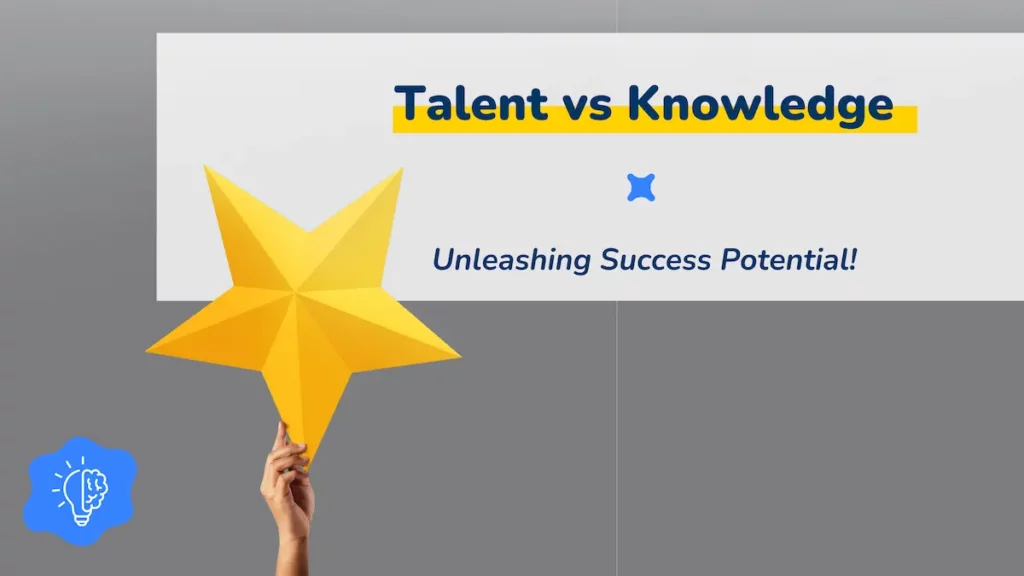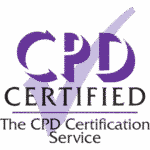Imagine effortlessly recalling names, important dates, or complex concepts. Mastering memory techniques can revolutionise your ability to learn, recall information, and boost cognitive function. This guide delves into a variety of memory techniques, providing practical applications and detailed explanations to help you enhance your memory skills effectively. Understanding and harnessing the power of your brain can transform how you approach learning and memorisation.
Memory Palaces
Concept and Application
Memory palaces, also known as mind palaces, involve visualising a familiar place and associating each piece of information with a specific location within that place. This method leverages spatial memory, making it easier to recall information by mentally walking through the palace.
Steps to Create a Memory Palace
- Select a Familiar Place: Choose a place you know well, such as your home.
- Identify Distinct Locations: Pick specific spots in that place (e.g., rooms, corners).
- Create Associations: Place the information you want to remember in these locations. Visualise vivid, exaggerated images to represent the information.
Example
To remember a grocery list:
- Bread: Picture a loaf of bread on your living room couch.
- Apples: Imagine apples scattered on your kitchen table.
- Milk: Visualise a milk carton spilling on your bedroom floor.
Mnemonic Image Method
Concept and Application
The mnemonic image method involves creating mental images that link new information with familiar concepts. This technique exploits the brain’s ability to remember pictures more easily than abstract data.
Steps to Use Mnemonic Images
- Identify the Information: Determine the piece of information to remember.
- Create a Vivid Image: Form a mental picture that represents this information.
- Link the Image to a Known Concept: Associate the image with something familiar.
Example
To remember that “dormir” means “to sleep” in Spanish, visualise a dorm room (dorm) with a bed, linking it to the action of sleeping.
Names and Faces Techniques
Concept and Application
Remembering names and faces can be challenging. This technique involves identifying a distinctive feature on a person’s face and associating it with a mnemonic image related to their name.
Steps to Memorise Names and Faces
- Observe a Distinctive Feature: Notice something unique about the person’s face (e.g., glasses, hairstyle).
- Create a Mnemonic Image: Think of an image related to their name.
- Link the Image and Feature: Associate the mnemonic image with the distinctive feature.
Example
For someone named Alice with red hair, imagine a red apple (A for Alice) placed on her head.
Testing Yourself
Concept and Application
Active recall is more effective than passive review. Testing yourself reinforces memory by requiring you to retrieve information without external cues.
Steps to Implement Active Recall
- Create Test Questions: As you study, write down questions related to the material.
- Test Your Knowledge: Periodically quiz yourself using these questions without looking at your notes.
- Review and Repeat: If you can’t recall an answer, review the material and test again.
Example
When studying JavaScript data types, write the question, “What are the 8 basic data types in JavaScript?” and test yourself until you can answer correctly without looking at notes.
The Feynman Technique
Concept and Application
Named after physicist Richard Feynman, this technique involves teaching the material to someone else or pretending to do so. This method ensures a deep understanding of the subject matter.
Steps to Use the Feynman Technique
- Study the Material: Read and understand the content.
- Explain It Simply: Teach the material in simple terms, as if explaining to a child.
- Identify Gaps: Note any areas where your explanation is unclear.
- Review and Refine: Study those areas again and improve your explanation.
Example
After learning a complex concept in physics, try teaching it to a friend or writing it down as if explaining to someone unfamiliar with the topic.
Sleep on It
Concept and Application
Sleep plays a crucial role in memory consolidation. Studying before sleep can enhance the retention of new information.
Steps to Use Sleep for Memory Improvement
- Study Before Bed: Spend some time reviewing material before going to sleep.
- Get Adequate Sleep: Ensure you get a full night’s sleep to aid memory consolidation.
- Review in the Morning: Revisit the material the next day to reinforce learning.
Example
If you’re preparing for an exam, review key concepts just before bedtime and revisit them the following morning.
Alphabet Pegs
Concept and Application
Alphabet pegs use the letters of the alphabet as cues to remember lists of information. Each letter is associated with a word, often an animal or an object.
Steps to Use Alphabet Pegs
- Create an Alphabet List: Associate each letter with a word (e.g., A for Apple, B for Bear).
- Create Mnemonic Images: Form images that link the information to the words.
- Review and Recall: Mentally walk through the alphabet to recall the information.
Example
To memorise the first four elements of the periodic table:
- Hydrogen: Apple (A)
- Helium: Bear (B)
- Lithium: Cow (C)
- Beryllium: Duck (D)
Number Pegs
Concept and Application
Number pegs use numbers as cues to remember lists. Each number is associated with a rhyming word or a word that visually resembles the number.
Steps to Use Number Pegs
- Create a Number List: Associate each number with a rhyming word (e.g., 1 is a Gun, 2 is a Shoe).
- Create Mnemonic Images: Form images linking the information to the number of words.
- Review and Recall: Use the number list to recall the information.
Example
To remember a shopping list:
- Bread: Gun shooting a loaf of bread (1)
- Apples: Shoe with apples inside (2)
- Milk: Tree with milk cartons hanging (3)
Other Peg List Systems
Concept and Application
Peg lists can be created using any ordered information you already know, such as days of the week, months, or even TV series titles.
Steps to Use Other Peg Lists
- Select an Ordered List: Choose a familiar sequence (e.g., months of the year).
- Create Mnemonic Images: Form images linking the information to the sequence.
- Review and Recall: Use the sequence to recall the information.
Example
To memorise historical events by month:
- January: Snow (Washington crossing the Delaware)
- February: Rain (Lincoln’s birthday)
- March: Bird (Start of spring)
Chunking
Concept and Application
Chunking involves breaking down large amounts of information into smaller, manageable chunks, making it easier to remember.
Steps to Use Chunking
- Identify Logical Chunks: Break the information into logical groups.
- Create Mnemonic Images: Form images for each chunk.
- Review and Recall: Recall the chunks instead of individual pieces.
Example
To remember a phone number:
- 555-123-4567 becomes 555, 123, 4567
Integration with inGeniusly
Using inGeniusly can help create order in all these techniques. They understand your goals and needs, personalising the techniques to choose the best ones for you. By simplifying the methods and ensuring they are applicable in your everyday life, inGeniusly ensures that you can effectively harness these memory techniques. Whether you need to remember a list for work, a series of names at a social event, or complex academic material, inGeniusly tailors the approach to make your learning and recall process more efficient and manageable.
By mastering these memory techniques, you can significantly improve your ability to learn, retain, and recall information. Practice regularly, and soon you’ll find your memory capabilities greatly enhanced. Embrace these methods, and watch as your cognitive skills soar to new heights.
FAQs
What is a memory palace?
- A memory palace is a visualisation technique where you associate information with specific locations in a familiar place.
How does the mnemonic image method work?
- It involves creating mental images that link new information with familiar concepts to make it easier to remember.
What are number pegs?
- Number pegs use numbers associated with rhyming words to remember lists of information.
Why is sleep important for memory?
- Sleep plays a crucial role in memory consolidation, helping to retain and recall information more effectively.
How can I improve my ability to remember names and faces?
- By observing distinctive features on a person’s face and associating them with mnemonic images related to their name.
What is chunking?
- Chunking is breaking down large amounts of information into smaller, manageable chunks to make it easier to remember.
By using these memory techniques, you’ll be better equipped to handle information efficiently and improve your overall cognitive function. Start implementing these methods today and experience the benefits firsthand.







